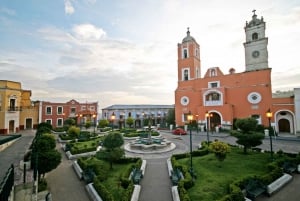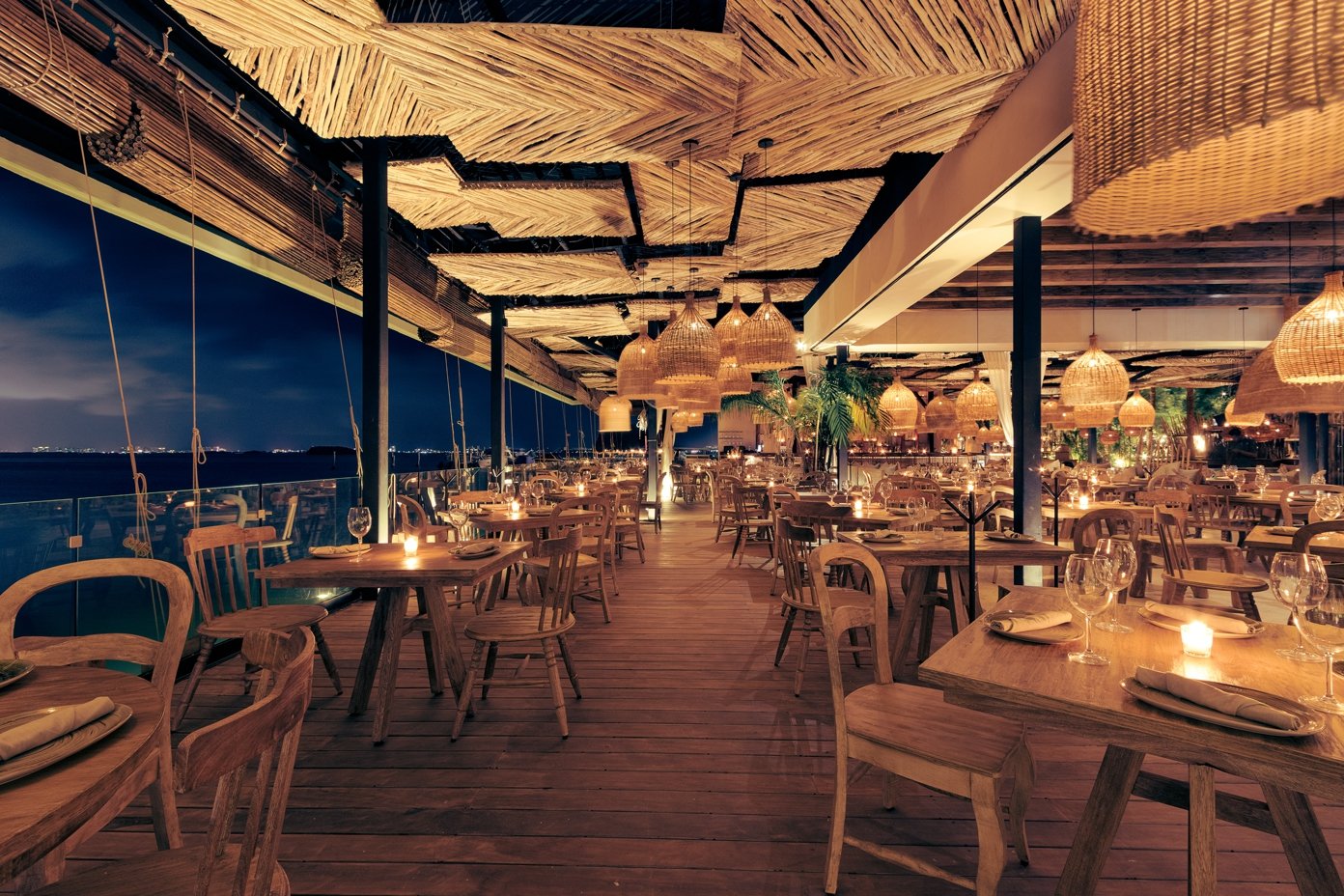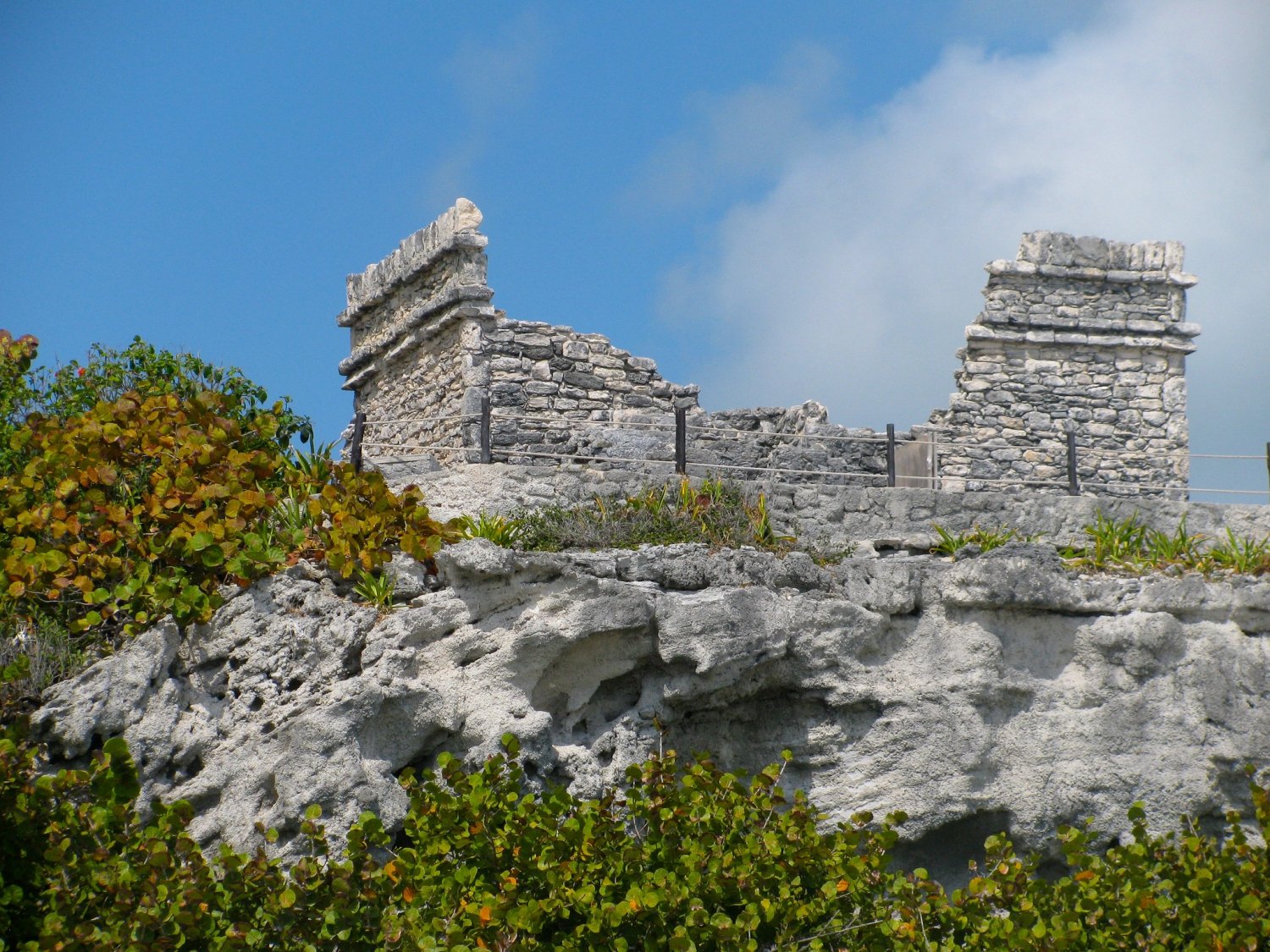Handpicked by a Mexico Local Expert, we bring you our guide to 'The best ruins in the Riviera Maya'.
Chichen Itza Archaeological Zone
Chichén Itzá is the best example of the migratory movements that occurred in Mesoamerica towards the Early Postclassic since it brings together features of the material culture of both the Mayan area and central Mexico, particularly those of Toltec descent. In addition, Chichén Itzá was the capital of an extensive territory of the Yucatán Peninsula, led by the Mayapán League, from 987 to 120...
Tulum Archaeological Zone
Tulum is one of Quintana Roo's most important archeological zones, as it is the sole site on the Caribbean Sea. It used to have the name Zamá, which meant daybreak, in ancient times. Its present name, Tulum meaning 'enclosure or wall'. This town was the principal focus of the area's marine and land business for the Mayans. Today anyone visiting ends up fascinating. It was ...
Archaeological Zone of Cobá
Some hieroglyphic inscriptions on the site's stelae and panels can be used to confirm that Cobá was the city's original name. The 'hopped water,' because of its proximity to the lagoons, is one of the possible meanings and most plausible. Cultural importance: Cobá city developed around five lakes, which were essential for its development and wellbeing. The city was communicated through e...
Muyil Archaeological Zone
The site's original name is unclear. Since Colonial times, one of the lagoons next to the location has been known as Muyil. Chunyaxché is another name for it. Cultural importance: It is a settlement that has had a long occupational continuity due to its geographical location. The first material pieces of evidence date from the Late Preclassic (300 - 50 BC), when it would...
Archaeological Zone of Ek Balam
Ek´Balam (Star Jaguar) is a Mayan city that had its maximum development during the Late / Terminal Classic (600-850 / 900 AD) and which was possibly the seat of the kingdom of 'Tlalol'. The first known king of Ek´Balam is Ukit Kan Le´t Tok (the father of the four flint fronts) who was the builder of most of the sumptuous palaces that we now know as the Acropolis and many more works. Likewise...




















































